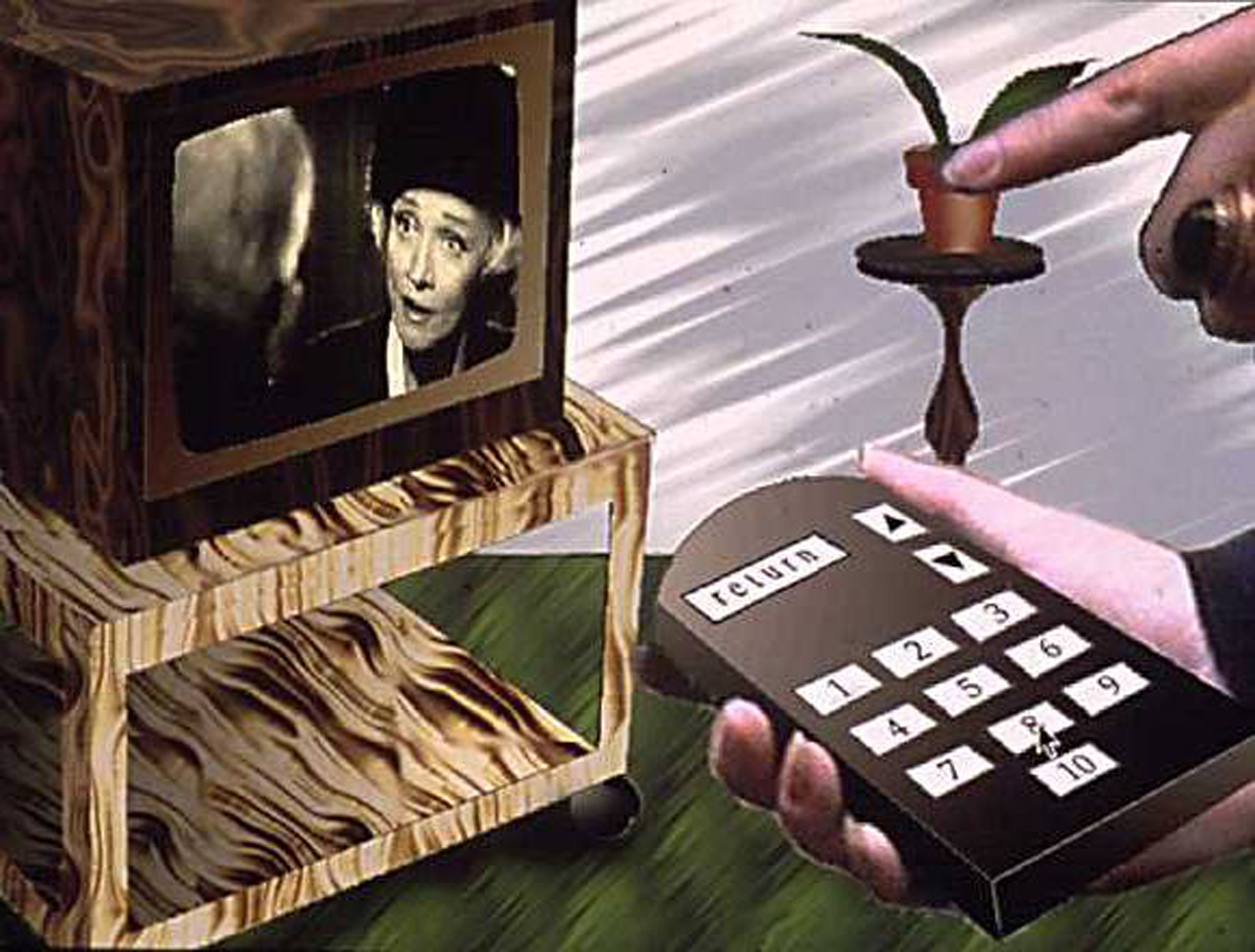Mistaken Identities: A CD-ROM genealogy
Symposium:
Presentation Title:
- Mistaken Identities: A CD-ROM genealogy
Presenter(s):
Abstract:
“Mistaken Identities: The Electronic Transference” describes the technical and rhetorical strategies I employed in my recently completed CDROM (“Mistaken Identities”). The project bridges education, art and technology by combining aspects of a didactic presentation with ideas derived from several contemporary art media, such as performance, video, fiction and photography. The CDROM is organized around the lives and work of 10 famous women: Josephine Baker, Simone de Beauvoir, Catherine the Great, Colette, Marie Curie, Marlene Dietrich, lsadora Duncan, Frida Kahlo, Margaret Mead and Gertrude Stein. These figures were chosen for their emblematic status as female role models. However, the CDROM examines them as complex figures whose identities are not essential or fixed, but contingent and mutable. In representing them, I tried to subvert their commodification as icons by both the cultural establishment and feminism. As an alternative to this iconization, I configure their identities in the negotiated space between self and other, a negotiation that continues in my relation to them as narrator. The stories I tell demonstrate how each of these women derived her power from her ability to continually reinvent herself in response to the pressures and contradictions presented by her situation. “Mistaken Identities” constructs a genealogy around these women, observing the overlaps and parallels between their histories without undermining the specificities of each person’s particular accommodation to the dilemma of how to be a woman. A genealogy differs from a biography in seeking to investigate the complex operations of power in social contexts. The project has six sections: the Portrait Gallery, the Timeline, the Scrapbook, TV Movies, Morphologies and Puzzles. The boundaries between fact, fiction and interpretation are intentionally blurred in the project. For example, TV Movies consists of clips from documentaries and Hollywood movies based on the women’s lives. In the Scrapbook, quotations from the women’s autobiographical writings are juxtaposed with snapshots that convey a sense of the texture of their daily existence. With its potential for facilitating periphrastic navigation, the CDROM format enables the invention of oblique narrative structures that mirror the circuitous strategies these women devised for organizing their lives.





